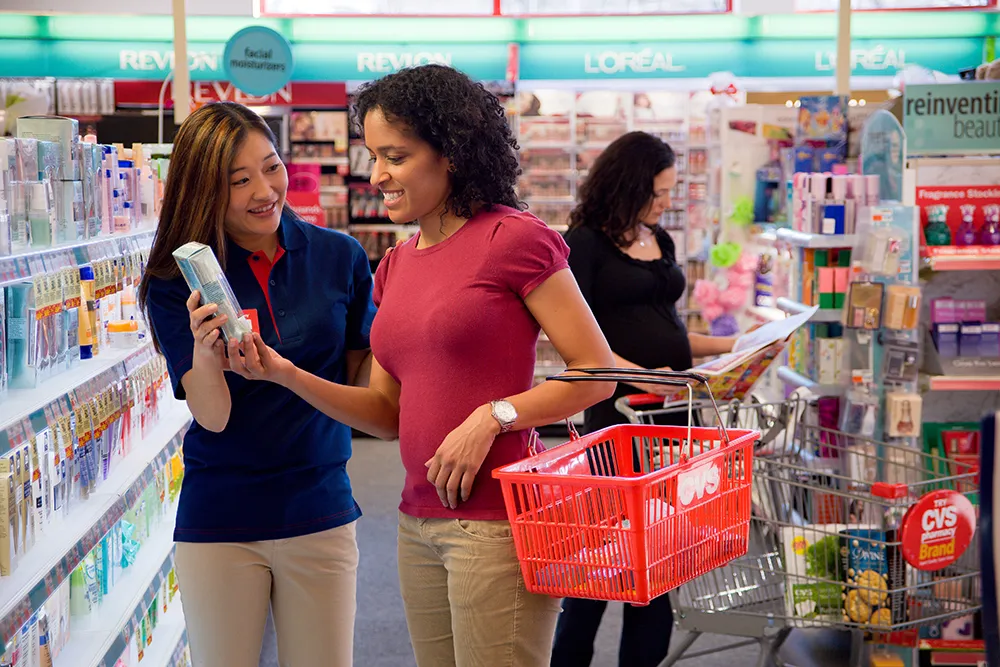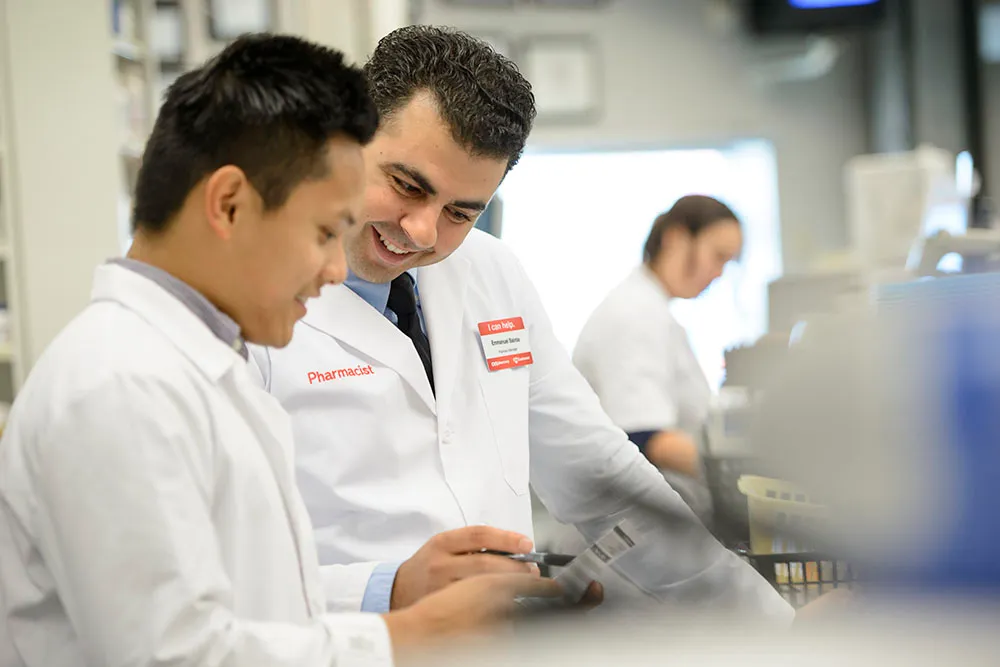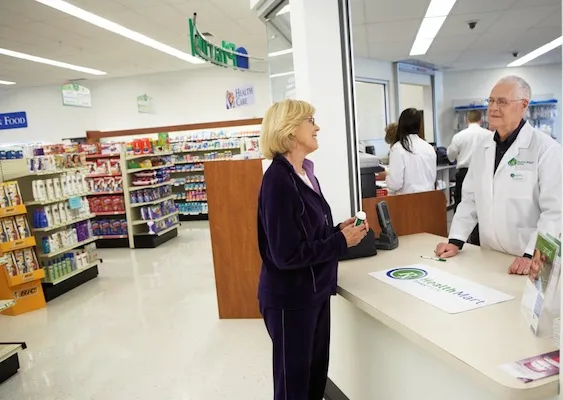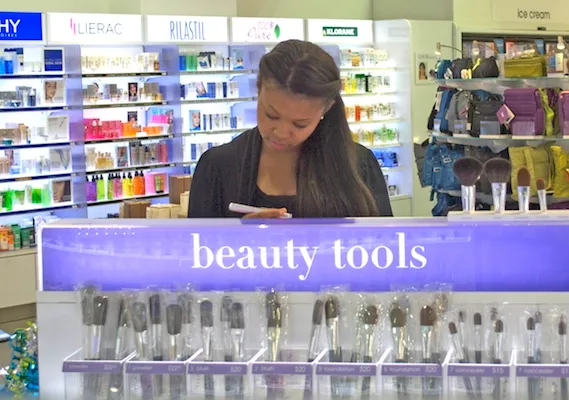
Pharmacies and grocery stores are better positioned than doctors to promote healthy behavior and prevent debilitating and costly illnesses. Many executives know this, but it is surprising how many acknowledge they have not done much about it.
Don’t believe it? Consider who has more information about people and more opportunity to sway their choices.
Doctors have little knowledge of, and even less influence over, what happens after a patient leaves the examining room. They can recommend healthier diets, but they will never actually know what their patients eat. They can prescribe medication, but they can’t make their patients take it.
This gap in information and oversight plays a big role in one of health care’s most vexing challenges — getting people to take better care of themselves. Patient noncompliance with medical advice is estimated to cost society hundreds of billions of dollars annually.
Upward of 30% of prescriptions are never filled, and approximately half of medications for chronic diseases are not taken as prescribed, according to the National Association of Chain Drug Stores.
Drug stores and supermarkets hold a crucial key to the health care compliance challenge: information. They have unique insights into consumer behavior that affects health. Grocers know what kinds of food people buy, and pharmacists know who acts on their prescriptions and who doesn’t. As retailers, they also know how to steer customer choices with discounts and other promotional tactics. They can use this information and influence to help drive better health outcomes, while boosting their own bottom lines.
Grocery and pharmacy chains are sitting on data that could be worth hundreds of billions of dollars if they can prove its value in improving health. Preventive health programs could use big data or artificial intelligence to identify at-risk patients before they get sick and, through incentives, reward customers for making day-to-day choices that reduce their risk of illness. Technology-enabled adherence programs can seamlessly encourage the sickest patients to follow their medical regimens — significantly improving their outlook.
Done right, personalized preventive and adherence programs can generate enormous returns for retailers. Insurers and other health care payers have strong incentives to team up with retailers that drive down overall medical spending by influencing customer behavior. Personalization also will appeal to customers, who can benefit greatly from well-executed preventive and adherence programs. Grocers and pharmacies that adopt this holistic approach have an opportunity to meaningfully influence health outcomes.
We are just beginning to scratch the surface of preventive health and medical adherence programs. Retailers looking to leverage their data for next-generation preventive or adherence programs should focus on three essential steps: identifying the right patients to target; influencing their behavior; and proving measurable impact on health-related outcomes. A range of new technologies are available to help retailers at each step. Analytics tools exist that can comb through mountains of customer data to identify target patient populations. Various forms of target marketing (a market expected to double to $32 billion by 2021, according to BIA/Kelsey) allow companies to influence individual consumers more directly. Retailers can choose from several methods of measuring impact, including analytical tools that can measure the overall health profile of a customer’s shopping basket and how it trends over time. Layering on more convenient ways for customers to access health professionals, to get information about their medications, and to refill their prescriptions will help them take greater control of their health journey in a far more frictionless way.
The potential health and economic benefits are significant. Consider the value of identifying people at risk for diabetes before they exhibit symptoms and working with them collaboratively on everyday changes that reduce their risk. Imagine the impact of using historic data on patient behavior to identify those who are unlikely to take their medicines and using technology to help them adhere. How much would that be worth, both in profits and to society? Payers surely would be willing to fund programs offering such benefits, and retailers that move quickly can capture a first-mover’s advantage.
To capitalize on this opportunity, chains will have to change long-standing operational and marketing practices that impede a holistic approach to patient health. Most are heavily siloed, for example, with limited cross-selling or information-sharing between the pharmacy and front-end merchandise operations of drug store chains or the grocery and pharmacy departments of supermarkets. To the extent that discounts and other promotions are personalized, they tend to reinforce existing habits that can undermine health. Retailers will need to challenge these norms and do so in a way that adds value to patients.
A holistic health care program requires closer coordination among various departments, and smarter use of technology from the beginning of the patient journey to the end.
Pharmacies and grocery stores that create such programs will unlock the value of their information assets.
Evan Gutoff is a principal at A.T. Kearney.









